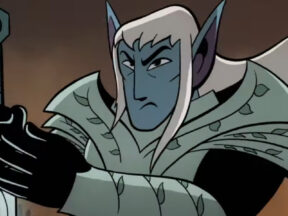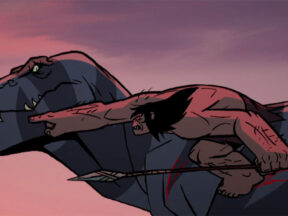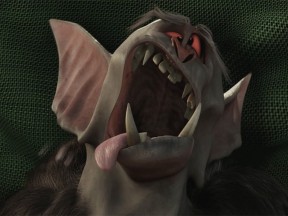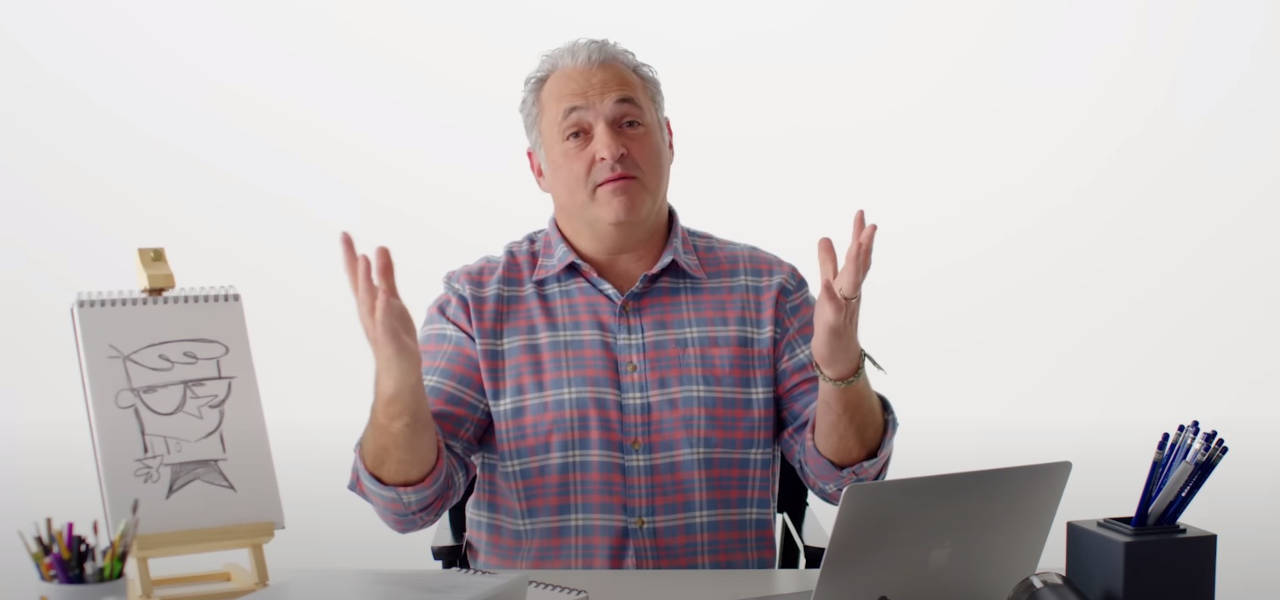
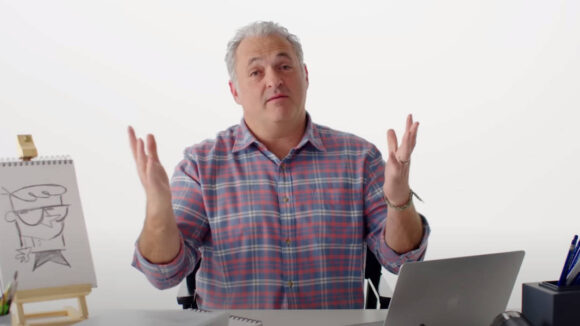
Genndy Tartakovsky Illustrates Animation Fundamentals In New Video Q&A
Genndy Tartakovsky took to Twitter on Tuesday to answer users’ questions about animation fundamentals and several of his most iconic creations.
In the video, produced and uploaded by Wired, Tartakovsky touches on a wide range of topics, some serious and others silly, such as why so many cartoon characters don’t wear pants, the difference between animation and a cartoon, the historical importance of Who Framed Roger Rabbit, and the limitations – or lack thereof – of animation.
Tartakovsky is an expert communicator, and even seasoned industry vets are likely to find a lot to enjoy in the video. Sometimes, it’s helpful to hear simple concepts explained in a new way, even if we’re already intimately familiar with them. It’s also just a lot of fun to see Tartakovsky sketch his way through some of the principles of animation.
Not only is Tartakovsky an excellent communicator, but he has an excellent memory as well. Several questions are asked about the shows and films he’s helmed over the years, and not only is he able to remember specific details to answer those questions but he even busts out his pencil and paper and sketches examples of the principles he discusses. There are great anecdotes from Star Wars: Clone Wars, Dexter’s Laboratory, Hotel Transylvania, and more.
Asked to explain what an animation director does, Tartakovsky told a story about an epiphany he had on Dexter’s Lab:
It’s all about having a point of view. When I was doing Dexter’s Lab, an artist would draw the storyboard. We would pin it all up, and then they would pitch it. We had one storyboard artist, when he pitched the storyboard it was in, like, this funny voice. And so, Dexter come over here. And then there’s Dee Dee. And so, the whole room was crying laughing. After he finished I was like, Well, how the hell am I supposed to transfer this performance into this episode? ‘Cause he doesn’t sound like the characters at all. They don’t talk like that. But there was something about it that worked. And so, I realized, Oh right, that’s my job. My job is now to take this performance and translate it into something entertaining. And it was like a really big epiphany in my career. Like, Oh right, that’s actually what I do.
One of the questions that seemed to really get Tartakovsky thinking was: “Writers often give animation notes. Where do animators get to submit notes for the writers?” The filmmaker took a moment to collect his thoughts before answering:
That’s a big question… Artists and storyboard artists are a proud bunch. And we know what we’re doing, but sometimes we don’t. And so, we’ll forget the writing, we’ll throw it away, and then we’ll do it on our own. And it equally doesn’t work. So usually, the healthiest relationships are [when] the writer and the animator are both together and they’re a unified team. That’s why I always write my own stuff, for the most part, because I want to have dual power. But yeah, usually animation folks don’t get a chance to give writers critiques. We just complain about it at our desks for three years.
The 15-minute video is loaded with interesting stories and information and is well worth watching in its entirety.

